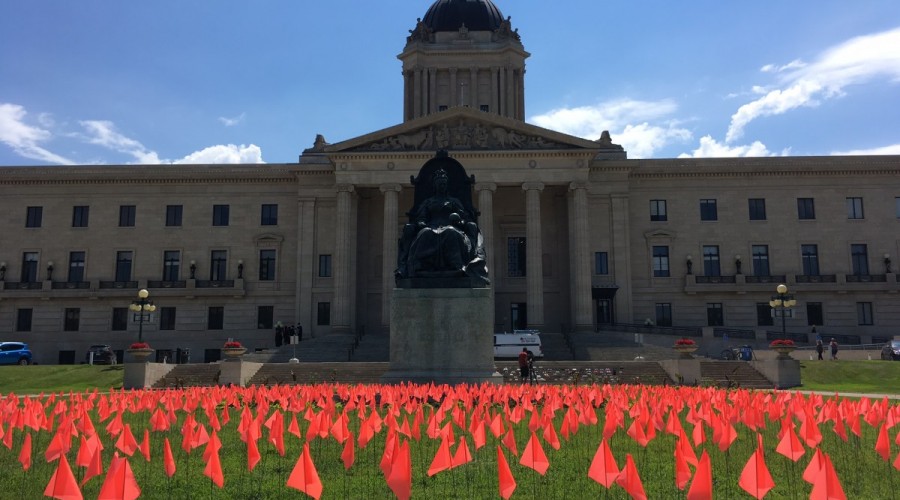
Two tetrads and seven pages of notes on the effects of COVID-19
COVID-19 as World War
This means war.
COVID-19 is, in effect, World War III (or later) in terms of the level of innovation we’re seeing. Almost every aspect of society is faced with significant challenges, forced to adjust, to adapt.
We are in a period of change equal to the introduction of smartphones and high speed mobile internet, and the lasting effects will be as great. There will be no return to normal, only new norms. It will surely be a matter of “pre” and “post” COVID-19.
Wartime is always a period of maximal innovation and growth. In response to extreme threat, governments remove many of the usual barriers, relaxing regulations and throwing money at research and development. The result is a frenzy of activity and innovation across all sectors as, on the one hand, an arms race is on to keep technologically ahead of the enemy, offensively and defensively; and on the other hand, efficiencies are sought to conserve resources. In both cases, we respond with novelty, innovation, as we seek to do new things, to do more with less.
COVID-19 has been declared “enemy” of the world, and global efforts are now underway to meet the threat. This brings the world together in some efforts, while also tending toward isolation in others. The inseparability of economies and cultures today is at once benefit and liability—it makes the pace and scale of contagion, of destruction or solution, almost unimaginably powerful.
Cancel culture has gone viral!
When the enemy in this war is a virus, anyone you meet it a potential combatant. This is an enemy without ideology, without a face. Familiarity and trust have no place as your closest people, not to mention strangers, could be carriers—are a threat. The individual and collective psychological reaction to this in the near and long term shouldn’t be neglected.
It seems there is no desirable or safe point of contact in “viral space.” An adjustment of our sense of personal space of this order is no small thing. Its suddenness is sure to have immediate and lasting consequences. I am already seeing and hearing a rise in anxiety from friends who are isolating themselves. In an already anxiety-ridden world, anxieties are going through the roof. Social distancing, a present virtual reality, is now quickly becoming a physical rule of thumb. People try to make light, how they feel their inner introvert is just fine with this. It’s true, we are accustomed to spending so much of our time online, and we place so much of our attention and consciousness there as well. We already live in this kind of physical social isolation. But there’s a difference between (at least the perception of) choice and enforced necessity. Humans are social and physical creatures. We’ve seen all sorts of psychological changes in the last few years, commensurate with the global rise of mobile technologies. We can expect to see a lot more. What will be the lasting effects of these new shifts in culture?
In short order, it seems everything is shutting down. Cancel culture has gone viral. In many cases, this has not meant a cessation, but a shift of activity. This is digital infrastructure and the perceived promise of remote work’s trial by fire. As the days go by and work and study resume as and where possible, things are going to be much different. It will be some time before we can judge the quality of performance in terms of productivity, but the nature of the activity is much different. More work on one’s own. Collaborative work through virtual communities. Many of these adjustments will become permanent.
Marshall McLuhan’s famous aphorism “the medium is the message,” is a call to examine the effects of human innovation and activity from a structural or environmental perspective.1 The word “medium” itself suggests an environment, a culture, in which things grow.
Where COVID-19 is a suitable subject for media study, is that regardless of its origin, it has quickly had the effect that any major human technology does, impacting and reorganizing human activity of all kinds with corresponding societal, psychological and sensorial impact, and response from us.
The advantage is that we aren’t distracted by “content” as such, but forced to reckon with the effects—effects so sudden and wide that they will almost certainly be long lasting and game-changing new norms. As, short of catastrophe, there is no going back to a world without smartphones, so there is no going back to a pre-COVID-19 world.
The global nature of this pandemic demands a global response. In a short time it has had a major impact on the world’s work and social lives, deep changes which will express themselves in novel ways as we go forward and re-imagine what it means to work, learn, play, and express ourselves. COVID-19 will effect how we commune and communicate as human beings.
If this is indeed a World War, it is the best kind possible. COVID-19 doesn’t discriminate. It has no religious, ideological, racial bias. It does have one common enemy, us, and it is up to us to come together and meet it with all the considerable force of human compassion and ingenuity.
Citation:
McLuhan, Andrew. “COVID-19 as World War.” Winnsox, vol. 1 (2020).
ISSN 2563-2221



